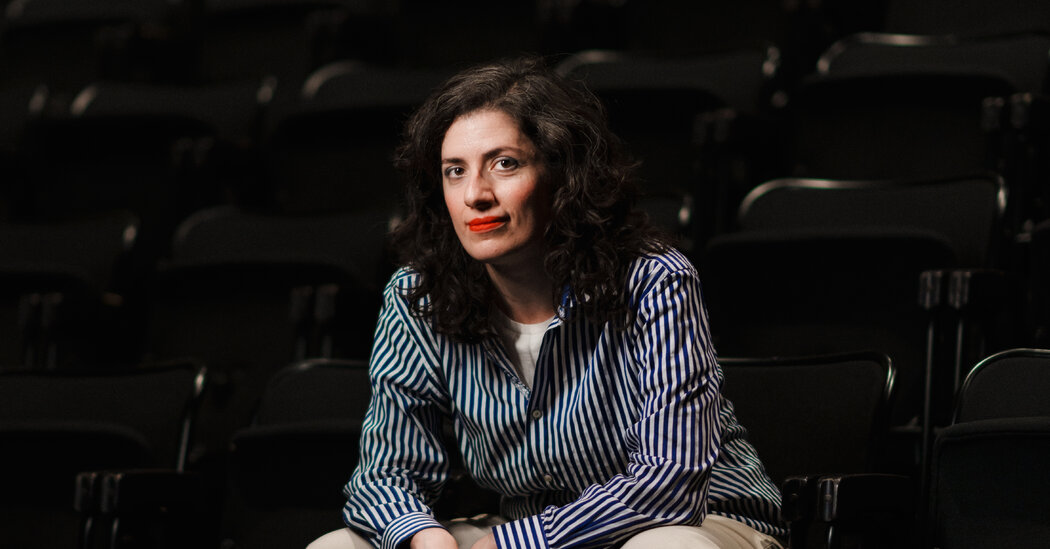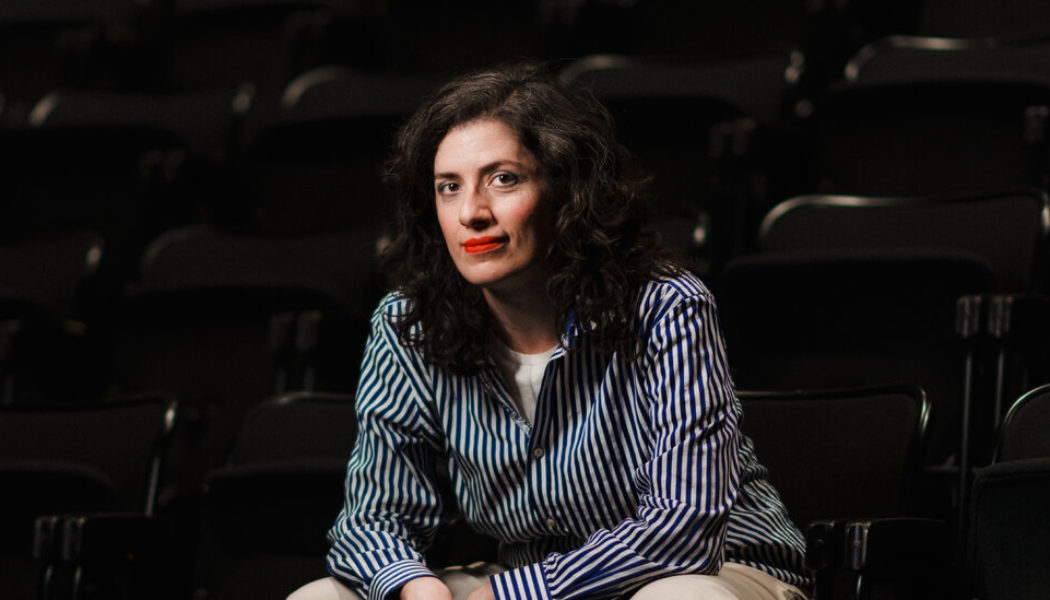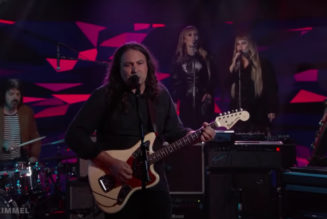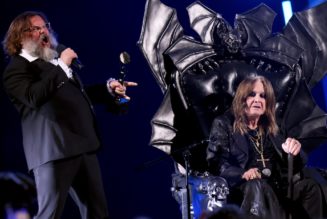
In Vienna, a series of concerts and summits will highlight women and nonbinary composers, as well as the dominance of the dead, white, male canon.
In the world of classical music, progress toward gender parity can seem incredibly slow.
Recent big wins have included women of the New York Philharmonic being allowed to perform in pants, and the appointment of the second woman — ever — to a music director role at one of the 25 largest orchestras in the United States. The Berlin Philharmonic, one of the world’s great ensembles, hired its first female concertmaster last year.
Frustrated by the stubborn gender imbalances in classical music, the directors of the Wiener Festwochen, a prestigious arts festival in Vienna, have this year formed the “Academy Second Modernism,” an initiative that will showcase works by 50 female and nonbinary composers over five years.
This season, less than 8 percent of approximately 16,000 works staged by 111 orchestras worldwide were composed by women, according to a report from Donne, Women in Music, an organization working for equity in the classical music industry. Of those works, the vast majority were composed by white women.
According to the report, three of the 10 orchestras that performed the highest proportion of works composed by women were in the United States: the American Composers Orchestra in New York, the Chicago Sinfonietta and National Philharmonic in North Bethesda, Md. But at the New York Philharmonic and the Boston Symphony Orchestra, two of America’s top orchestras, only about 10 percent of the music programmed was composed by women.
“There are so many of us,” said Bushra El-Turk, a British-Lebanese composer who often merges Western and Eastern musical traditions in her work. “Whether we’re given opportunities is the problem.”









